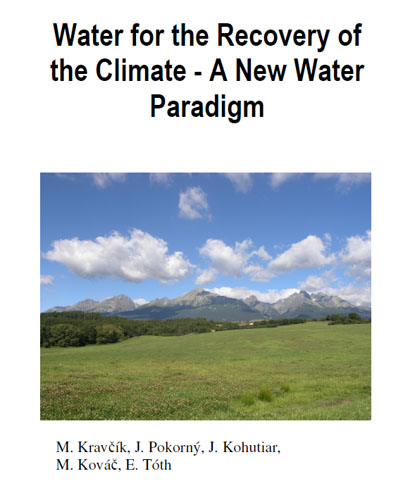In a New Water Paradigm Project, we brought together an expert advisory panel from Tucson/Pima County, Arizona, and 35 other stakeholders in the Northern Kentucky area. During the retreat, we focused on a new paradigm for water infrastructure. We discussed sustainability goals, Integrated technological architecture, and adaptive management. Then, we took those principles back to the Northern Kentucky area. As a result, we came up with recommendations that will improve water infrastructure and meet our state’s water needs.
Sustainability goals
Integrative watershed management is a strategy that reinterprets the role of water within the cultural landscape. By building a holistic network of local stakeholders and restoring ecosystem function, this approach not only provides jobs, but also cultivates the community’s sense of well-being. This paradigm is especially relevant to northern Kentucky because of its unique geographic location and diverse cultural heritage. A comprehensive response to water crises is essential for our society’s long-term health.
Communities in areas of increasing climate variability and economic uncertainty are faced with numerous challenges that may hamper the ability of communities to meet their water needs. This is compounded by the presence of bureaucracy and complex regulatory frameworks, degrading infrastructure, and pollution. Furthermore, communities are often left with a lack of understanding of how to address water-related challenges. This research will provide a framework for communities to address these challenges. Its findings will inform water infrastructure design and policy across various sectors.
Hydromodification is the primary cause of stream channel erosion, downcutting, widening, and overall instability. The critical flow, also known as Qcritical, ranges from 40 to 50 percent of the two-year peak flow in northern Kentucky. This value was determined by the Sustainable Streams organization using a regional equation for rural watersheds and industry-standard mobility equations. The study’s findings will provide a model for calculating the critical flow in the region.
Integrated technological architecture
While traditional municipal-scale management systems have largely dominated the discourse on water system resilience, building and district-scale solutions have recently emerged as a viable option. With increasingly dense population populations, many of these new technologies offer solutions to urban water management that operate independently of a municipal utility. Author and civil engineer David Sedlak asserts that decentralized water supply and treatment are feasible. This paper examines one innovative technology that is helping a small community in northern Kentucky with a rapidly growing population: decentralized water treatment and supply.
Integrated watershed management involves reappraisal of the cultural landscape and the role of water in it. Communities are reconnected with the local watershed and the human community through a new model of cooperation. This approach strengthens local community bonds, fostering a sense of common value and empowerment. Water management that restores the natural cycles of water is a key component of regenerating regional agriculture.
Adaptive and decentralized management of water systems is essential for addressing a variety of pressing problems in cities. A new water paradigm, which is holistic, can address these problems while improving the lives of millions of people worldwide. The New Water Paradigm and the Global Action Plan outline a comprehensive response to these water crises. In the US, many communities face water scarcity due to decades of fracking.
Adaptive management
The Southern Nevada Water Authority was impacted by previous drought events and took action to protect its resources. To address the problem, the authority invested in improved infrastructure, increased resilience to drought, and reduced consumptive water use by 32% since 2000. Similarly, the Northern Kentucky Water District recognized the challenge of an aging infrastructure and rapidly growing population. Its project identified and assessed the key components of an adaptive management model and identified actions to address those challenges.
The New Water Paradigm is an integrated framework of five components: sustainability goals, sustainable operating principles, integrated technological architecture, and institutional capacity. Many core principles of the new paradigm are in contrast to past practices. Among other things, these principles include valuing all water as a resource, moving toward a performance-based regulatory framework, and recognizing the true costs of actions. The project also includes the development of innovative technologies and implementing integrated approaches.
Traditional water planning in the American West is based on hydrographs and precipitation patterns. But according to Milly et al., “stationarity is dead, and natural systems no longer fluctuate within an unchanging envelope of variability.” Furthermore, the U.S. Endangered Species Act seeks to protect and recover species within their historic ranges, a position which makes little sense in the Anthropocene.

